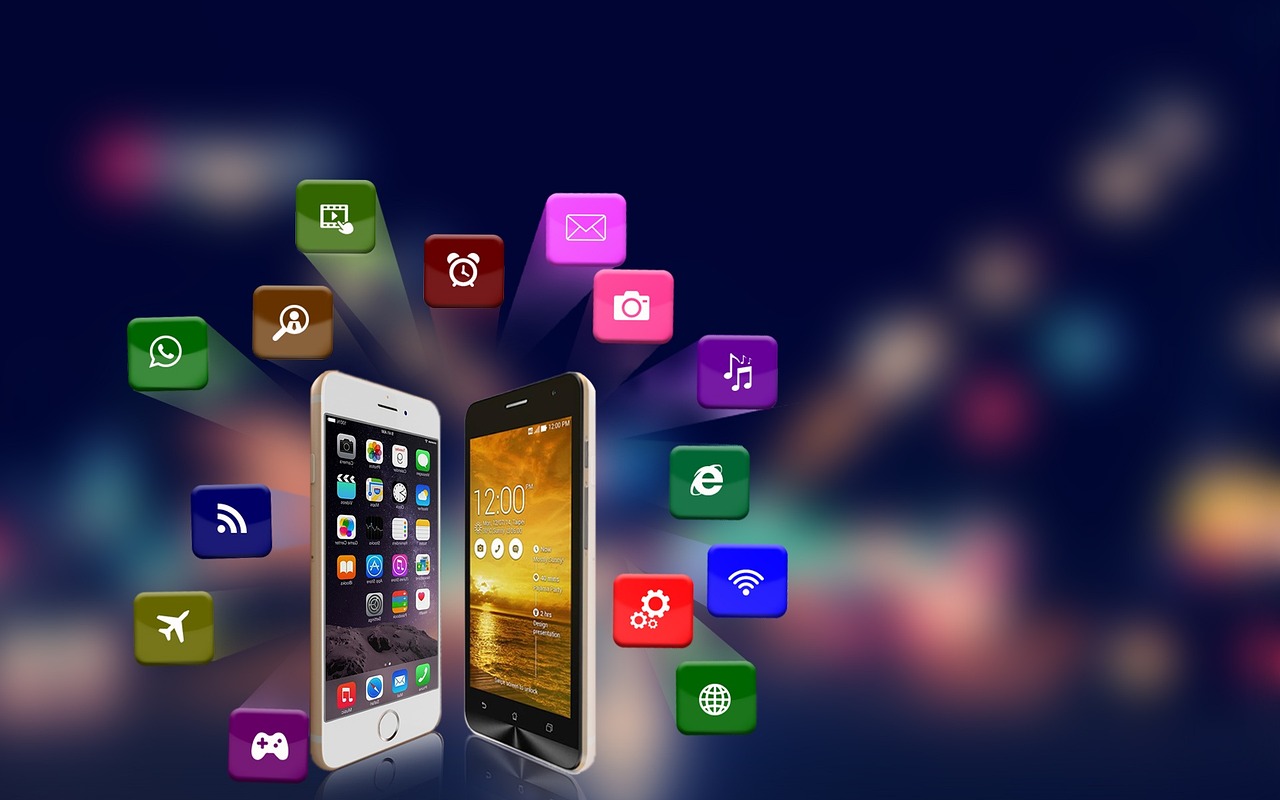Key Characteristics of Gen Z’s Communication Style
Generation Z, born between the mid-1990s and early 2010s, has grown up in a world where digital communication is the norm. This digital nativity has profoundly shaped their communication preferences, leading to a style that is distinctly different from previous generations. The key characteristics of Gen Z’s communication style include brevity, visual expression, and a strong preference for real-time interactions.
Brevity and Efficiency in Language Use
Gen Z has mastered the art of conveying maximum meaning with minimum words. This generation values efficiency in communication, often relying on abbreviations, acronyms, and emojis to express complex ideas quickly and effectively.
| Abbreviation | Meaning | Context |
|---|---|---|
| LOL | Laugh Out Loud | Expressing amusement |
| TBH | To Be Honest | Prefacing a candid statement |
| IDK | I Don’t Know | Expressing uncertainty |
| FOMO | Fear Of Missing Out | Describing social anxiety |
| IMO/IMHO | In My (Humble) Opinion | Offering a personal viewpoint |
| TY | Thank You | Expressing gratitude |
| NVM | Never Mind | Retracting a previous statement |
| IIRC | If I Remember Correctly | Prefacing a potentially uncertain recollection |
| YOLO | You Only Live Once | Encouraging spontaneity or risk-taking |
| SMH | Shaking My Head | Expressing disapproval or disbelief |
This linguistic efficiency is not just about saving time; it’s a form of cultural capital within Gen Z circles. The ability to communicate effectively using these shorthand methods is often seen as a marker of being “in the know” and up-to-date with current trends.
Visual Communication: Emojis, GIFs, and Memes
For Gen Z, visual elements are not just accessories to text; they are integral to the message itself. Emojis, GIFs, and memes serve multiple functions in their communication:
- Emotional nuance: Adding layers of emotion that text alone might not convey
- Tone indicators: Helping to clarify the intended tone of a message
- Cultural references: Demonstrating shared knowledge and in-group understanding
- Humor and irony: Expressing complex jokes or satirical ideas succinctly
- Brand identity: Using specific visual styles to cultivate a personal brand online
Popular emojis among Gen Z and their contextual meanings:
- 💀 (Skull): Used to express extreme laughter or being “dead” from amusement
- 🤡 (Clown Face): Often used sarcastically to call someone or something ridiculous
- 🥺 (Pleading Face): Expressing cuteness, innocence, or a plea for something
- 🔥 (Fire): Indicating something is impressive, cool, or “lit”
- 👀 (Eyes): Suggesting intrigue or that something interesting is happening
- 🧢 (Cap): Short for “no cap,” meaning “no lie” or “for real”
- 😭 (Loudly Crying Face): Often used to express extreme emotion, not necessarily sadness
The use of these visual elements allows Gen Z to compress complex ideas into easily digestible and shareable formats, facilitating rapid communication across digital platforms.
The Role of Social Media Platforms

Social media platforms play a pivotal role in shaping Gen Z’s communication styles. Each platform offers unique features that cater to different aspects of Gen Z’s communication preferences.
Platform Preferences and Their Influence
Different social media platforms have become associated with specific types of communication and content creation among Gen Z users.
| Platform | Primary Content Type | Key Communication Features | Gen Z Usage Trend |
|---|---|---|---|
| TikTok | Short-form videos | Challenges, duets, sound bites | Rapidly increasing |
| Snapchat | Ephemeral photos/videos | Filters, stories, private messaging | Stable, high engagement |
| Photos, stories, reels | Visual storytelling, DMs, comments | High usage, shifting to video | |
| Short text posts | Hashtags, threads, retweets | Moderate, used for news and trends | |
| YouTube | Long-form videos | Comments, community posts | High for consumption, growing for creation |
| BeReal | Authentic daily photos | Simultaneous front/back camera shots | Growing rapidly |
These platforms influence Gen Z’s communication by:
- Encouraging creative expression through platform-specific features
- Shaping content consumption habits and attention spans
- Fostering community building around shared interests and trends
- Promoting cross-platform communication styles that blend elements from various apps
Privacy Concerns and Ephemeral Communication
Gen Z demonstrates a heightened awareness of digital privacy and the potential long-term consequences of their online activities. This awareness has led to a preference for communication methods that offer more control over their digital footprint.
Popular privacy-driven apps and features:
- Snapchat’s disappearing messages
- Instagram’s “Close Friends” stories
- WhatsApp’s end-to-end encryption
- Signal’s self-destructing messages
- Telegram’s secret chats
- BeReal’s time-limited posting window
Gen Z’s approach to privacy in digital communication includes:
- Selective sharing: Carefully curating what information is shared publicly versus privately
- Platform segregation: Using different platforms for different types of communication and audiences
- Ephemeral content preference: Favoring content that disappears after a set time
- Anonymous or pseudonymous accounts: Maintaining separate identities for different online activities
- Regular digital audits: Periodically reviewing and cleaning up their online presence
This privacy-conscious approach reflects Gen Z’s understanding of the permanence of digital information and their desire to maintain control over their online narratives.
Communication in Professional Settings
As Gen Z enters the workforce, their digital communication habits are influencing professional environments, challenging traditional business communication norms.
Preference for Direct and Honest Communication
Gen Z brings a refreshing directness to workplace communication, valuing transparency and authenticity over hierarchical formalities.
Best practices for managers when communicating with Gen Z employees:
- Be clear and concise in expectations and feedback
- Utilize digital platforms for regular check-ins and updates
- Provide context for decisions and processes
- Encourage open dialogue and welcome questions
- Demonstrate authenticity in leadership communication
- Offer real-time feedback rather than waiting for formal reviews
- Use visual aids and multimedia in presentations and training materials
This preference for direct communication extends to conflict resolution and performance discussions, with Gen Z employees often appreciating straightforward conversations that address issues promptly and clearly.
Collaboration and Real-Time Feedback
Gen Z thrives in collaborative environments that offer frequent interaction and immediate feedback. Their ideal work communication ecosystem mirrors the real-time nature of their personal digital interactions.
Preferred collaboration tools for Gen Z workers:
- Slack: For instant messaging and team communication
- Zoom: For video conferences and virtual meetings
- Trello or Asana: For project management and task tracking
- Google Workspace: For collaborative document editing and file sharing
- Microsoft Teams: For integrated communication and collaboration
- Miro or Mural: For virtual whiteboards and brainstorming sessions
- Discord: For community building and informal team chats
These tools cater to Gen Z’s desire for seamless integration between different communication modes, allowing for quick switches between text, voice, and video interactions. The preference for these platforms also reflects Gen Z’s comfort with multitasking and managing multiple conversation threads simultaneously.
The Future of Gen Z’s Communication Styles

As technology continues to evolve, Gen Z’s communication styles are likely to adapt and shape future trends in digital interaction.
Integration of AI and Chatbots in Daily Communication
Artificial Intelligence is poised to play an increasingly significant role in Gen Z’s communication patterns. The integration of AI and chatbots is expected to:
- Streamline routine communications: Automating responses to common queries and scheduling tasks
- Enhance language processing: Improving real-time translation and context understanding
- Personalize interactions: Tailoring communication styles based on individual preferences and past interactions
- Facilitate voice-activated communication: Expanding the use of voice commands and audio-based interactions
- Augment human communication: Providing real-time suggestions and corrections during conversations
Gen Z’s comfort with technology positions them to be early adopters and shapers of these AI-driven communication tools, potentially leading to new forms of human-AI collaborative communication.
Continued Blending of Visual and Textual Communication
The future of Gen Z communication is likely to see an even more sophisticated integration of visual and textual elements:
- Advanced emoji systems: Development of more nuanced and culturally diverse emoji sets
- AR-enhanced messaging: Incorporation of augmented reality elements in everyday communication
- Interactive memes: Evolution of memes into more complex, interactive formats
- Visual-first platforms: Emergence of new social media platforms that prioritize visual communication over text
- 3D and holographic messaging: Introduction of three-dimensional and holographic elements in digital communication
This trend towards visual-textual hybridization reflects Gen Z’s fluency in multimedia communication and their expectation for rich, immersive digital experiences.
Conclusion
Gen Z’s digital communication style represents a significant shift in how information is shared and processed in both personal and professional contexts. Characterized by brevity, visual richness, and a preference for real-time interaction, this style is reshaping expectations around effective communication.
As Gen Z continues to enter the workforce and influence global communication trends, businesses and institutions must adapt their strategies to engage effectively with this digitally fluent generation. This adaptation involves not just adopting new technologies, but also embracing a culture of transparency, immediacy, and visual storytelling.
The evolution of Gen Z’s communication styles offers exciting possibilities for more efficient, expressive, and inclusive forms of interaction. As AI and AR technologies mature, we can expect Gen Z to be at the forefront of adopting and shaping these new communication paradigms, continuing to push the boundaries of how we connect and share information in the digital age.

